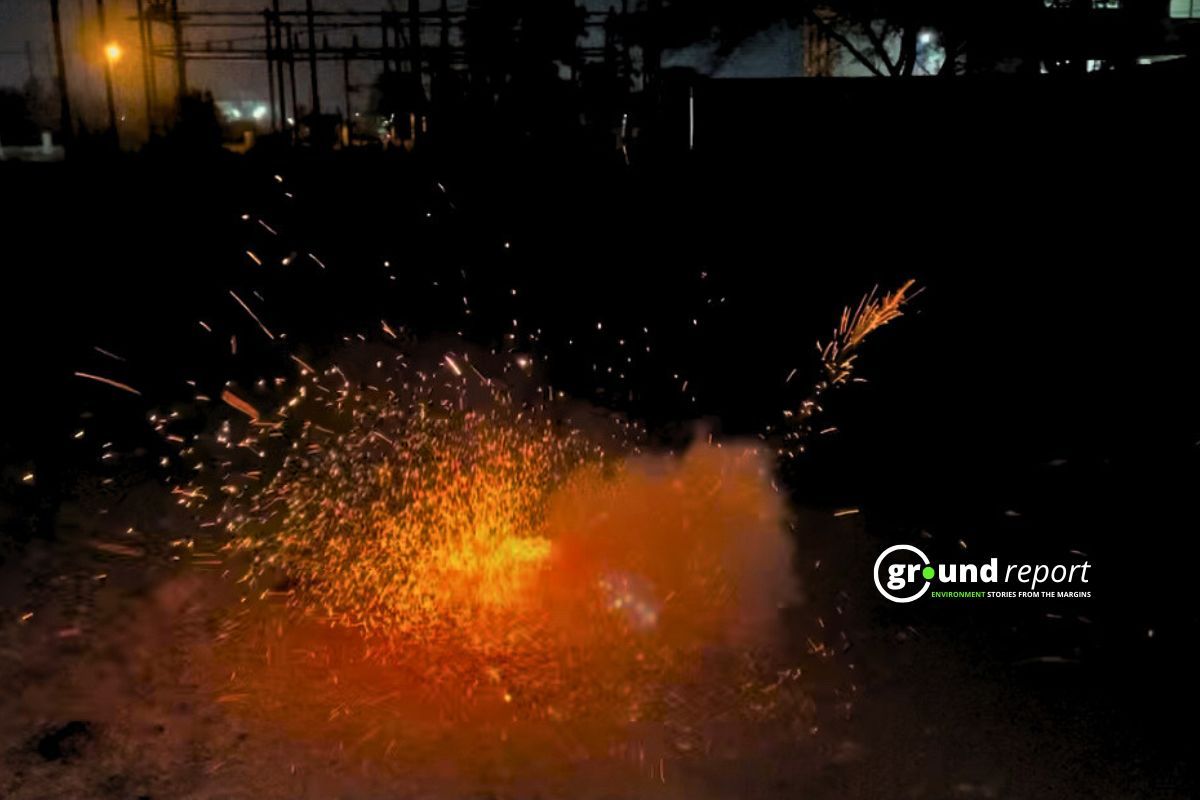The Yamuna river is extremely important, but its state in Delhi presents a significant problem. Although the river flows for just 22 kilometres through the capital, which is only two per cent of its entire length, this short stretch contributes over 80 per cent of the total pollution load in the river. In fact, for approximately nine months of the year, there is virtually no water in the river within Delhi; instead, it is filled with sewage and waste from the city’s 22 drains. This pollution is so severe that the river is considered “dead” within a few kilometres of entering Delhi.
Despite considerable efforts and investment, the Yamuna continues to be heavily polluted. The Delhi government, for instance, spent more than Rs 6,856 crore between 2017 and 2022 on cleaning the river. Delhi also has 37 sewage treatment plants (STPs) with a capacity to treat a large percentage of the generated sewage. However, a report from 2024 indicated that 23 out of these 37 STPs are not meeting the required water quality standards for discharged water. This suggests that even treated water isn’t clean enough.
The Centre for Science and Environment (CSE) conducted an in-depth assessment to understand why the Yamuna remains polluted despite these actions. Their report, “Yamuna: The Agenda for Cleaning the River,” points to several key issues. One problem is the lack of clear data on how much wastewater Delhi actually generates, partly because of uncertainty about the city’s population and the use of unofficial water sources. Furthermore, vast areas of the city that are not connected to sewer lines often rely on desludging tankers. A significant issue is that these tankers may discharge the collected waste directly into rivers or drains instead of taking it to STPs.
Crucially, even when wastewater is treated at STPs, the treated water is often discharged into the same drains that also carry untreated sewage. This mixing of clean, treated water with dirty, untreated water in the drains negates the entire effort and money spent on treatment, causing the water to become polluted again before it reaches the river. The report also notes that even efforts like the Interceptor Sewer Project, designed to trap sewage from drains, are not working effectively for the two main drains (Najafgarh and Shahdara) that contribute 84 per cent of the pollution load, and pollution is increasing in these areas. Issues with industrial pollution treatment quality and discharge are also concerns.
CSE shared the details of this important action plan at a press briefing. This event took place on Thursday, May 8, 2025, at 12 noon, at the CSE Office in the India Habitat Centre in New Delhi. Key speakers included Sunita Narain, the Director General of CSE, and Sushmita Sengupta, Senior Programme Manager for Water at CSE. They emphasized that although government efforts are commendable, more needs to be done, and it is “time to act and think differently”. This briefing was a way to share their insights and the proposed path forward to truly clean the Yamuna.
CSE concludes that cleaning the Yamuna requires “much more than money” and necessitates a “reworked plan” that involves thinking and acting differently. Based on their assessment, they propose a “workable action plan” with five main priorities. These priorities focus on ensuring waste from non-sewered areas is properly collected and treated, preventing treated water from mixing with untreated sewage in drains, fully utilising treated wastewater instead of releasing it, designing STP upgrade plans based on reuse of treated water, and specifically reworking the strategy for the highly polluting Najafgarh and Shahdara drains. This comprehensive approach is seen as necessary to move towards truly cleaning the Yamuna.
Support us to keep independent environmental journalism alive in India.
Keep Reading
Madhya Pradesh sees 66 forest fires daily; AI tracks, action still lags
Indore’s Ramsar site Sirpur has an STP constructed almost on the lake
Indore Reviving Historic Lakes to Combat Water Crisis, Hurdles Remain
Indore’s residential society saves Rs 5 lakh a month, through rainwater harvesting
Follow Ground Report on X, Instagram and Facebook for environmental and underreported stories from the margins. Give us feedback on our email id greport2018@gmail.com.
Don’t forget to Subscribe to our weekly newsletter, Join our community on WhatsApp, and Follow our YouTube Channel for video stories.





